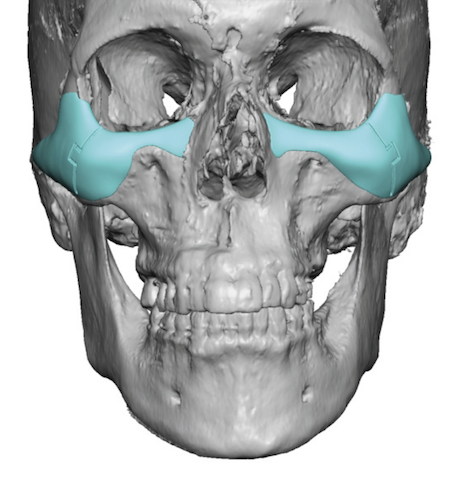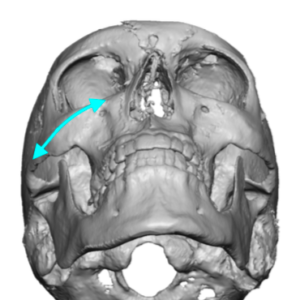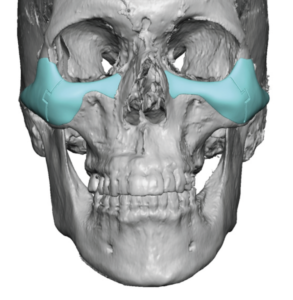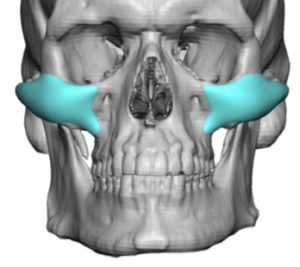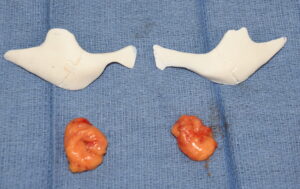Getting more defined cheekbones in either men or women can be challenging. In some patients they have decent cheekbone structure but their face is too full to show them well. In these cases facial defatting (buccal lipectomies, perioral liposuction) is often done to reduce the fullness below the cheekbones. In others they may have a thinner face but lack adequate cheekbone structure. Some form of structural cheekbone augmentation is then needed. (cheek implants, zygomatic sandwich osteotomy)
But for other patients it is really a combination of cheekbone augmentation and facial defatting that is needed. And for those that seek really defined cheeks it is almost always the diametric effects of bone augmentation and fat reduction that is required. Creating the classic Ogee curve requires increased convexity over the cheekbones as well as an increased concavity over the soft tissues of the cheek.
When augmenting the cheekbone structure for higher defined cheeks there is no standard implant that is deigned to create it. Standard cheek implants are oval in form and are made to provide fullness to the anterolateral malar-submalar areas. This creates more of a rounded effect to the cheeks, which may be fine for some women (not men) but would never be interpreted as a high cheekbone look. It simply doesn’t create the right cheek shape.
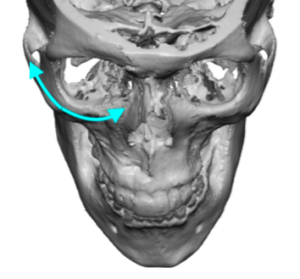

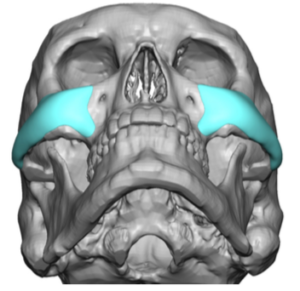
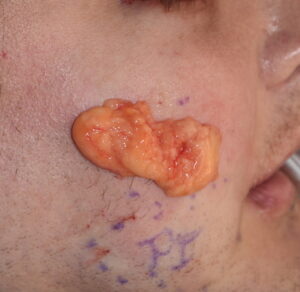
The high cheekbone look often requires a dual approach to try and achieve. It is not a facial look that is easily obtained in many patients and is why a the combined augmentation-reduction approach is needed.
Dr. Barry Eppley
Indianapolis, Indiana

